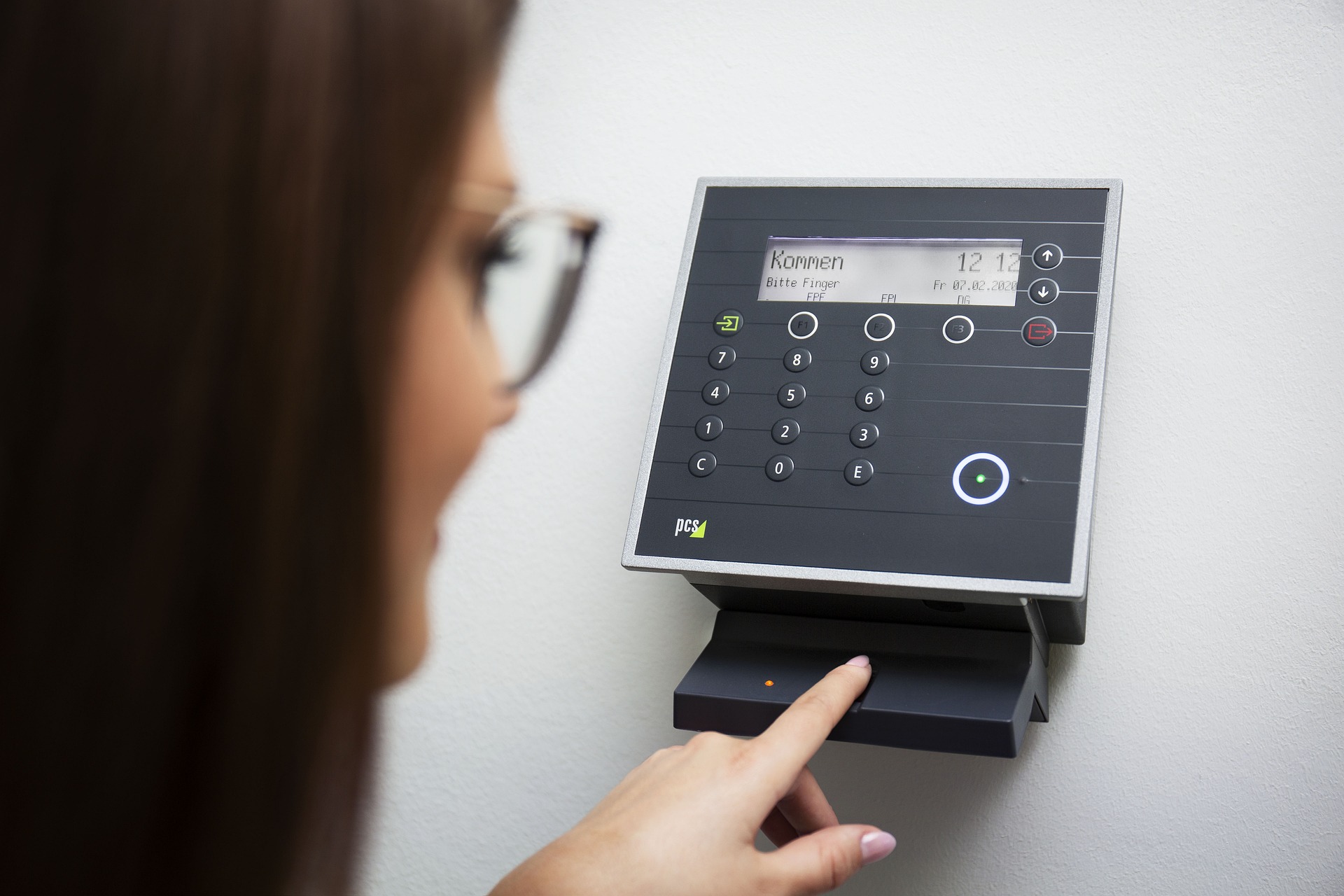Unraveling the Power of Sound Therapy in Beauty and Fitness
Sound therapy, while not a new concept, has recently been gaining traction in the beauty and fitness industry. The use of sound for healing and wellness dates back to ancient civilizations, where it was believed to create a sacred space for meditation and transformation. Fast forward to today, sound therapy has found its way into modern beauty and fitness practices, backed by an increasing body of research highlighting its potential benefits.

A Historical Perspective
Sound therapy, also often referred to as sound healing, involves the use of different aspects of sound, such as frequency, tone, and rhythm, to promote healing and wellness. Its roots can be traced back to ancient cultures, including the Greeks, Egyptians, and Indians, who used various instruments and chants for therapeutic purposes.
In the early 20th century, the scientific community began to take an interest in the potential of sound as a therapeutic tool. The first notable study was conducted in 1928 by German scientist Erwin Schrödinger, who discovered that certain frequencies could stimulate the production of certain hormones in the body, leading to improved health and wellbeing. This discovery paved the way for further research into sound therapy and its potential applications in the field of beauty and fitness.
Sound Therapy in the Modern Age
Today, sound therapy is being used in a variety of ways within the beauty and fitness industry. In the realm of beauty, it’s commonly used in spas and wellness centers to enhance the effects of treatments. According to industry experts, the vibrations produced by sound can stimulate collagen production, promoting youthful, glowing skin.
In fitness, sound therapy is often incorporated into yoga and meditation sessions, where it is believed to enhance focus, relaxation, and overall mental wellbeing. A 2018 study published in the Journal of Evidence-Based Integrative Medicine found that sound therapy can significantly reduce stress and anxiety, which are known contributors to weight gain and other health issues.
The Benefits and Market Relevance
Sound therapy offers a plethora of benefits, both in terms of beauty and fitness. From a beauty perspective, it can help improve skin health, reduce signs of aging, and promote relaxation. In fitness, it can boost mental wellbeing, enhance focus, and facilitate recovery.
Its market relevance cannot be overstated. As consumers become more aware and open to holistic approaches to beauty and fitness, the demand for sound therapy is expected to increase. According to a report by Grand View Research, the global sound therapy market size was valued at USD 151.9 million in 2018 and is expected to grow at a compound annual growth rate (CAGR) of 8.2% from 2019 to 2025.
Industry Impact and Future Implications
The rising interest in sound therapy has led to its incorporation in various beauty and fitness routines, products, and services. For instance, many fitness studios now offer sound bath sessions, where participants are immersed in therapeutic sound waves produced by instruments like gongs, singing bowls, and bells.
Moreover, several beauty brands have started to incorporate sound therapy into their products. For instance, some skincare brands offer devices that emit specific sound frequencies believed to promote skin health.
The future of sound therapy in the beauty and fitness industry looks promising, as more research continues to validate its benefits. Furthermore, as the wellness industry continues to evolve, it’s likely that we’ll see even more innovative uses for sound therapy.
In conclusion, sound therapy is a powerful tool in the beauty and fitness industry, with a rich historical background and a promising future. While more research is needed to fully understand all its benefits and applications, current evidence suggests that it can play a key role in promoting beauty, fitness, and overall wellness.





